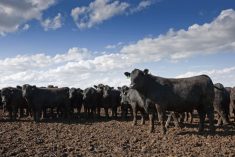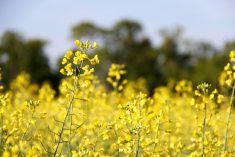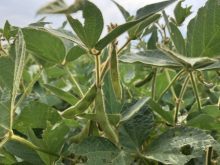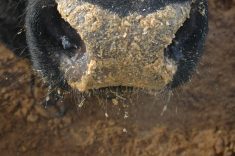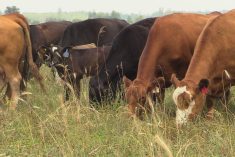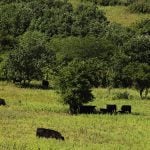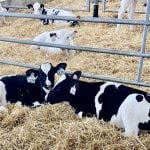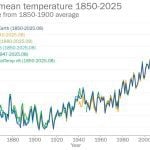Compared to last week, western Canadian feeder cattle markets traded $2-$4 on either side of unchanged. Major feedlot operations in Alberta continue to carry large numbers of market-ready cattle. The backlog of fed cattle appears to be worse than earlier anticipated.
Yearlings were featured at auction barns in the main feeding regions of Alberta. Feedlot operators focused on local cattle and available supplies were sufficient to satisfy this demand. Alberta yearling values reflected $2-$6 premium over other regions of Western Canada. Larger packages with first-class genetics had no shortage of buying interest. However, order buyers had to work to find homes for yearlings in Manitoba and Saskatchewan. Pencils are fairly sharp these days and feedlot operators incorporated a risk discount in some cases. Feedlot operators are prone to shrug off outside influences but the capital expenditures to produce a finished animal are unprecedented. Some operators feel something has to give but waiting on purchases hasn’t been favourable. Deferred feeder cattle futures show a sharp premium over nearby contracts, so waiting to secure ownership isn’t an option. Grassers remain firm but the steamy prices from last week have evaporated.
Read Also
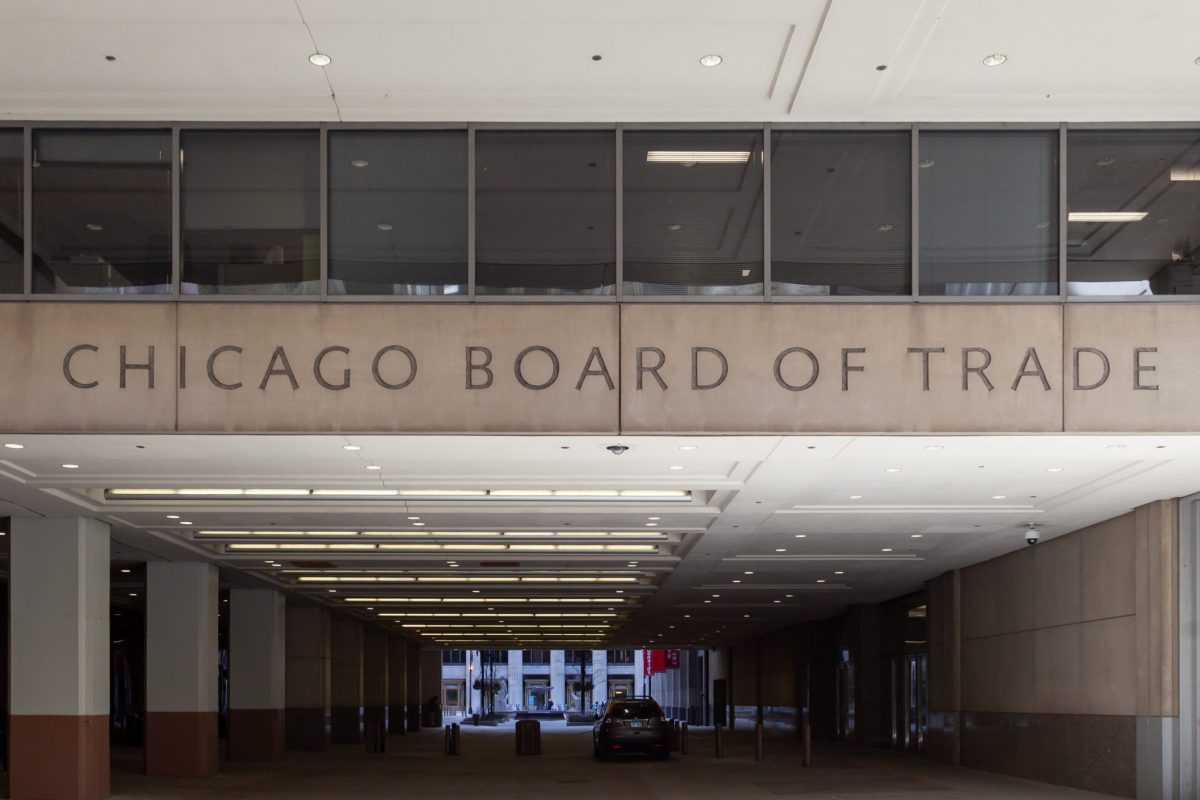
U.S. grains: Soybean prices rise as China-U.S. truce assessed
Chicago soybean prices rose on Wednesday, recovering some of the previous session’s losses, as Beijing’s confirmation that it was cutting tariffs on U.S. farm goods put attention back on a trade truce between the countries.
South of Edmonton, run-of-the-mill mixed steers with medium flesh on light grain ration and full health records averaging 840 lbs. sold for $192. Similar-quality heifers averaging 833 lbs. were valued at $170 in the same region. Near Lethbridge, a feedlot operator quoted Charolais-based steers with medium flesh averaging 820 lbs. at $198 landed in the feedlot. In central Saskatchewan, a group of Simmental-based steers weighing 920 lbs. were quoted at $177. Northwest of Winnipeg, Angus-blended steers with thicker flesh averaging 840 lbs. were valued at $182 and Charolais heifers weighing 830 lbs. were reported at $159. The steer-heifer spread appeared to widen last week in Saskatchewan and Manitoba.
Southwest of Calgary, larger-frame Limo-based steers weighing 640 lbs. were quoted at $229 and similar-quality heifers weighing 630 lbs. were purchased for $195. South of Saskatoon, red mixed steers weighing 550 lbs. were quoted at $231 and mixed heifers averaging 540 lbs. were valued at $199. Most calves are weaned at this time of year. Feedlot operators are fussier on genetics; however, buyers of grassers are less focused on quality and more concerned about price.
February and April live cattle futures are once again near contract highs. Packers are showing some strong basis levels in the deferred positions. This appears to be giving the feedlot operator incentive to purchase lighter calves. These are the only cattle that actually pencil at this time.
— Jerry Klassen is president and founder of Resilient Capital, specializing in proprietary commodity futures trading and market analysis. Jerry consults with feedlots on risk management and writes a weekly cattle market commentary. He can be reached at 204-504-8339 or via his website at ResilCapital.com.




